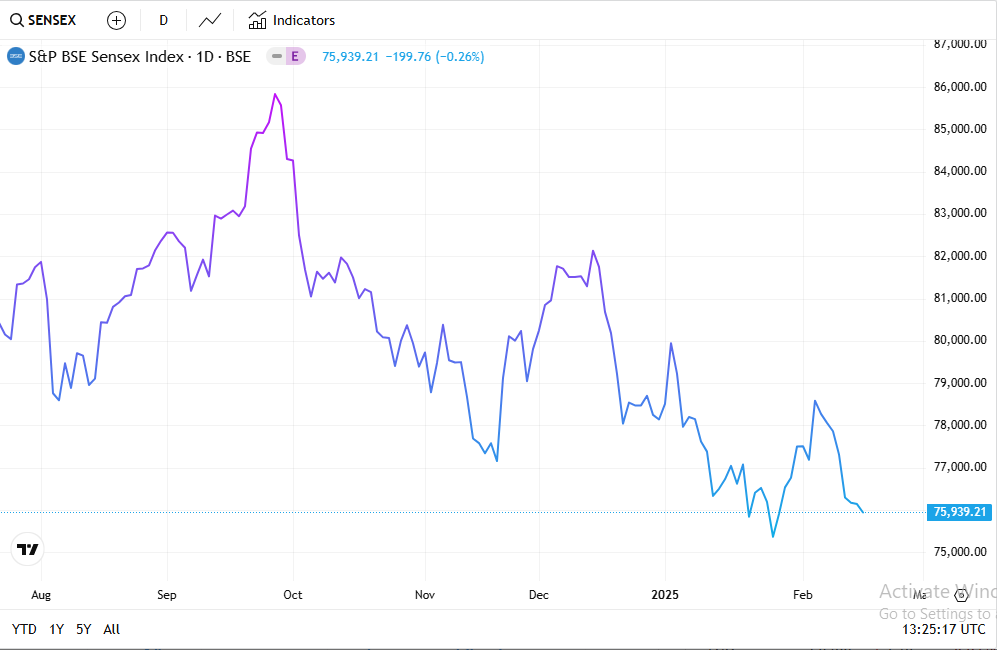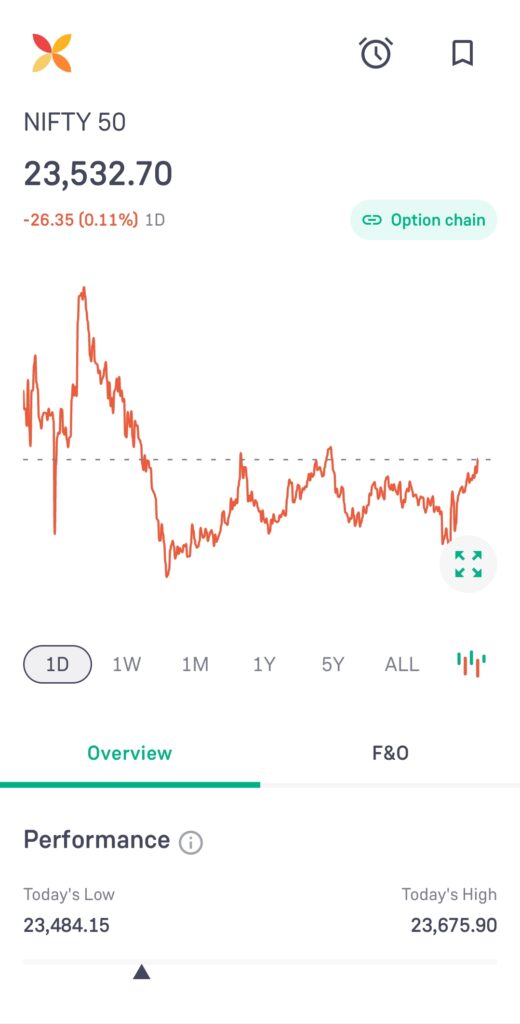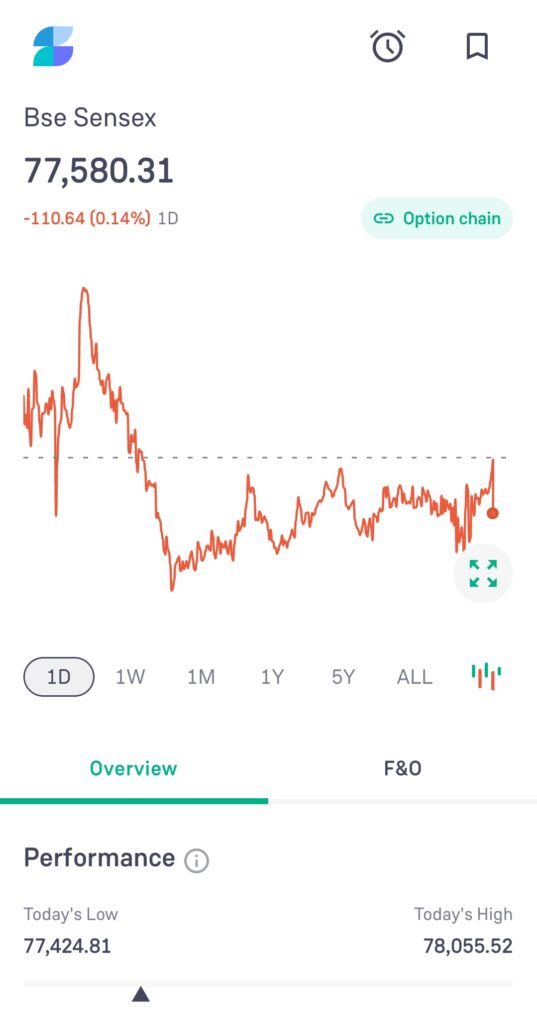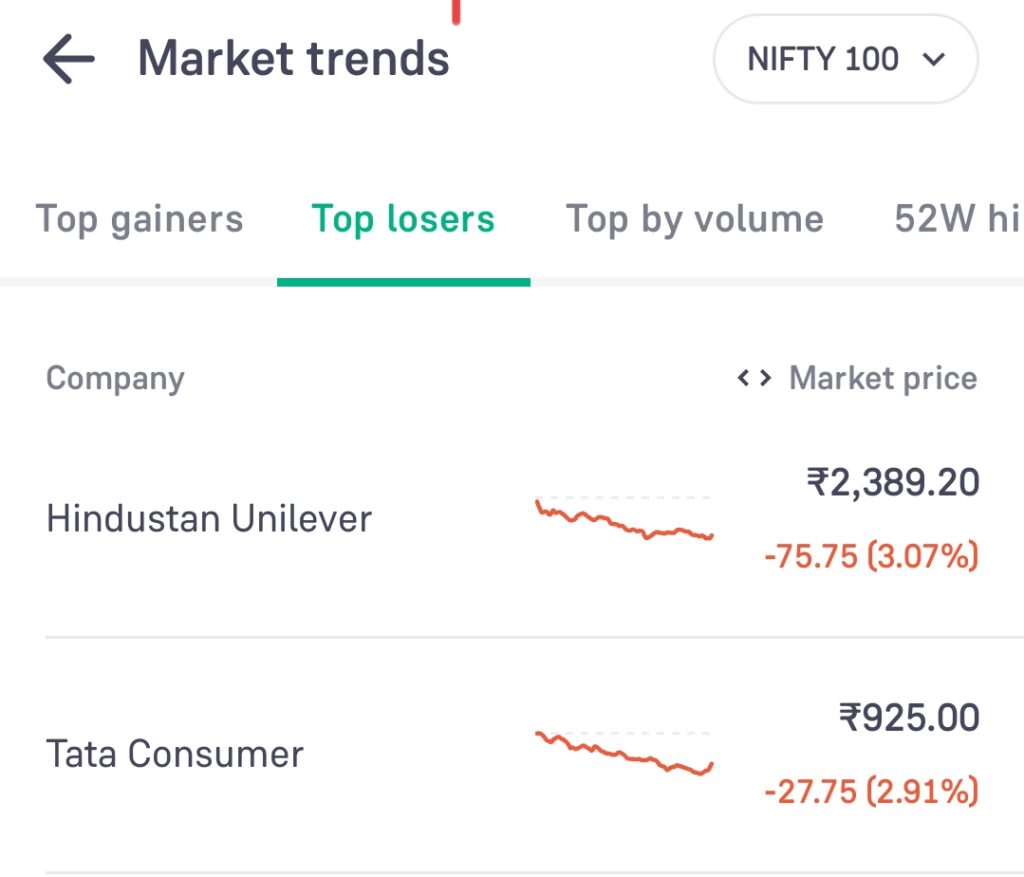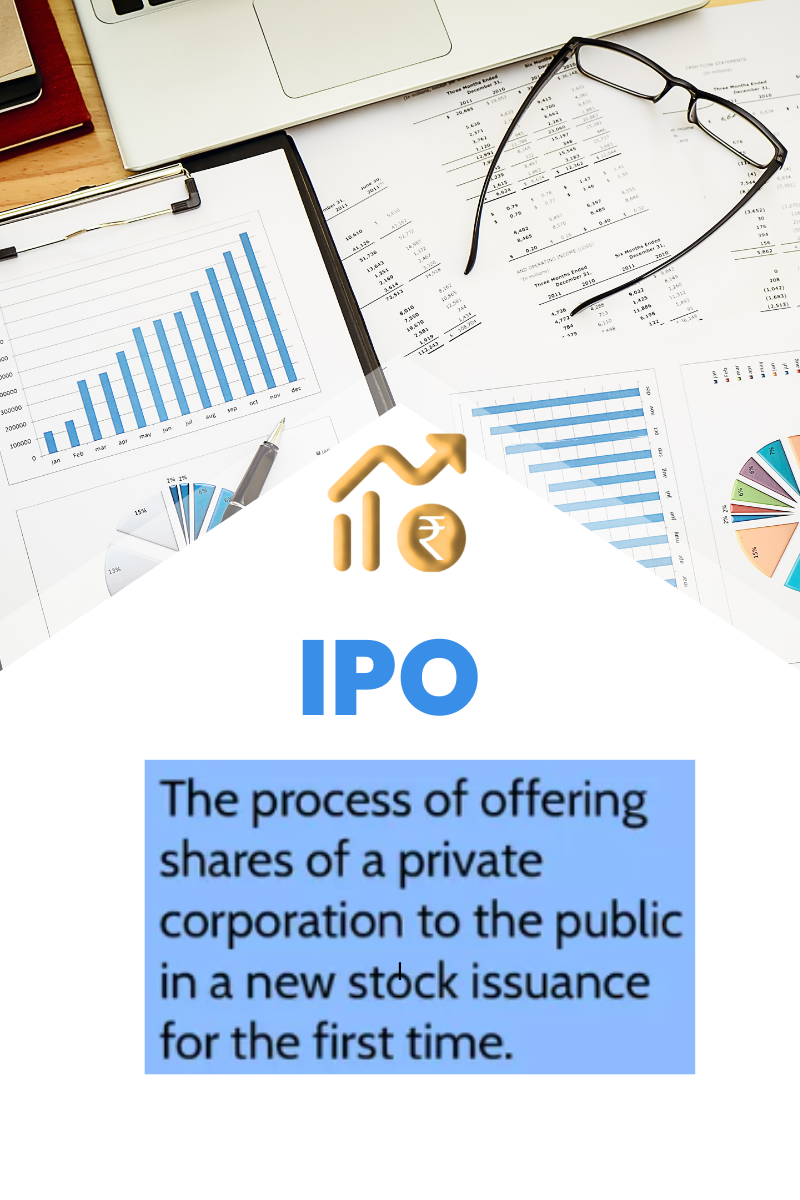Initial Public Offerings (IPOs) represent one of the most significant milestones for a company and are pivotal moments in financial markets. Whether you’re an investor looking for opportunities or a company considering going public, understanding IPOs is crucial. This guide will take you through the fundamentals of IPOs, their process, benefits, risks, and the key factors that influence them.
1. Introduction to IPOs
An Initial Public Offering (IPO) refers to the process where a private company offers its shares to the public for the first time, becoming a publicly traded entity. Companies generally go public to raise capital to expand, develop new products, pay off debts, or improve infrastructure.
For investors, IPOs represent an opportunity to buy stock in companies they believe will grow in the future. However, investing in IPOs is not without risks, as newly listed companies are often volatile, and their future performance can be uncertain.
2. Market Overview
The IPO market has been a key driver of economic growth globally. In recent years, regions like India, China, and the United States have seen a surge in IPO listings, with industries such as technology, pharmaceuticals, fintech, and renewable energy being dominant. While large IPOs like those of Ola Electric and Emcure Pharmaceuticals have captured headlines, there has also been an increase in SME IPOs, allowing smaller companies to tap public markets for growth capital.
Current Trends:
– Retail investor participation: With platforms simplifying access to IPOs, retail investors are showing increased interest.
– Tech-driven IPOs: Technology companies continue to dominate the global IPO landscape, particularly in areas like electric vehicles and fintech.
– Focus on ESG (Environmental, Social, and Governance): Investors are increasingly evaluating companies on their ESG compliance before participating in IPOs.
A Look at Recent IPO Performances
The Initial Public Offering (IPO) market continues to witness significant activity, with new companies making their public debut. Some IPOs have performed well, offering substantial gains to investors, while others have struggled to live up to expectations. Here’s a glimpse into the best and worst performers among recent IPOs:
– Bikewo Green Tech Ltd. had a rough start, listing at ₹45.0 and closing at ₹47.3, reflecting a 23.8% loss.
– Phoenix Overseas Ltd. faced a minor dip, starting at ₹64.0 but closing at ₹60.8, marking a 5.0% decline.
– S D Retail Ltd. showed strength with a 15.2% listing gain, closing at ₹150.9.
– Paramount Speciality Forgings Ltd. outperformed, with a 47.7% listing gain, closing at ₹87.2.
– Envirotech Systems Ltd. surged with an impressive 99.5% gain, closing at ₹111.7.
While some companies like Avi Ansh Textile Ltd. and Pelatro Ltd. saw positive gains, others like Kalana Ispat Ltd. faced declines. Investors should closely monitor these IPOs for potential market movements and evaluate subscription rates, listing gains, and market caps before making decisions.
3. Reasons Companies Go Public
Going public via an IPO offers several advantages to companies:
– Capital Raising: IPOs allow companies to raise significant capital from the public, which can be used for expansion, debt repayment, and acquisitions.
– Brand Visibility: Being listed on a stock exchange increases a company’s visibility, credibility, and market valuation, opening up new business opportunities.
– Liquidity: IPOs provide liquidity for early-stage investors and employees with stock options, allowing them to cash out their holdings.
– Mergers and Acquisitions: A public listing can make a company more attractive for acquisitions as their valuation is transparent and regulated.
4. IPO Process
The journey from a private company to a publicly traded one involves a series of complex steps, with several key stakeholders involved, such as investment banks, legal advisors, and regulatory bodies.
– Preparation: Companies must ensure their financials, operations, and legal standing are in place. This includes conducting audits and preparing necessary documents.
– Filing with Regulators: In India, companies file their prospectus with SEBI (Securities and Exchange Board of India), while in the U.S., it’s filed with the SEC (Securities and Exchange Commission).
– Roadshows: Before the IPO, companies and underwriters conduct roadshows to attract institutional investors and create demand for the shares.
– Pricing: The IPO price is typically determined through a book-building process, where institutional investors bid on the shares. The company and its advisors then set the issue price.
– Listing: After the shares are offered to the public, the company is listed on the stock exchange, and its shares can be traded.
5 Types of IPOs
There are several methods through which companies can go public, each with its unique advantages and challenges. Depending on the company’s goals, size, and financial strategy, one of the following approaches is chosen:
i) Traditional IPO
The traditional IPO is the most widely used method for companies to go public. In this process, a company partners with investment banks or underwriters to handle the IPO process, from pricing the shares to managing investor demand. Here’s how it typically works:
– Underwriting: The company hires investment banks, known as underwriters, to assess the company’s financial health and market conditions. These underwriters help the company set the price range for the IPO based on investor demand, financial metrics, and market trends.
– Roadshow: A series of presentations called roadshows are held, where the company’s management team and underwriters meet with potential institutional investors to drum up interest in the IPO.
– Book-Building Process: Based on feedback from institutional investors, the underwriters assess demand and finalize the IPO price.
– Public Offering: Once the pricing is set, the shares are issued to the public, and the company’s stock starts trading on the exchange.
Advantages of Traditional IPOs:
– Wider investor base: By involving underwriters and institutional investors, the company ensures a more structured and widespread distribution of shares.
– Liquidity: It typically creates immediate liquidity for early-stage investors, employees, and founders.
– Prestige and credibility: Being taken public by a renowned investment bank can enhance a company’s credibility and visibility in the market.
Disadvantages:
– Cost: Underwriting fees can be high, often between 5-7% of the total amount raised, making traditional IPOs expensive.
– Dilution: Issuing new shares can dilute existing shareholders’ ownership in the company.
ii) Direct Listing
In a direct listing, a company bypasses the traditional IPO process of working with underwriters. Instead of issuing new shares to raise capital, the company’s existing shares are listed directly on the stock exchange. This method is often used by companies that don’t need additional funds but want to offer liquidity to their shareholders or employees.
– No Underwriters: Unlike a traditional IPO, the company does not involve underwriters or conduct a roadshow. This saves on the costs typically associated with hiring investment banks.
– Existing Shares: Instead of creating new shares, only the company’s existing shares are made available to the public for trading.
– Volatility Risk: Without underwriters to stabilize the stock price, direct listings may result in more volatility when trading begins.
Advantages of Direct Listings:
– Cost savings: Since there are no underwriting fees or roadshows, companies can save millions of dollars in costs.
– Less Dilution: Because no new shares are issued, the company’s existing shareholders retain their ownership stakes.
– Transparency: Direct listings offer more transparency in pricing, as the stock price is determined entirely by market supply and demand.
Disadvantages:
– No Capital Raised: A direct listing doesn’t allow the company to raise new capital since no new shares are issued.
– Unpredictable Demand: Without underwriters managing demand, the initial stock price and post-listing performance can be more unpredictable.
Companies that used Direct Listings: Notable examples include Spotify and Slack, both of which chose the direct listing route to avoid the costs and complexities of a traditional one while providing liquidity to their existing shareholders.
iii) SPAC (Special Purpose Acquisition Company)
SPACs, or Special Purpose Acquisition Companies, have gained popularity as an alternative route for companies to go public. A SPAC is essentially a shell company formed by investors with the sole intention of raising capital through an IPO to acquire an existing private company.
– How It Works: SPACs go public first, without any business operations of their own. They raise money from investors and then have a certain period, usually two years, to find a private company to merge with. Once the merger happens, the private company becomes public without undergoing the traditional process.
– Reverse Merger: The private company is effectively brought public through a reverse merger with the SPAC.
– Flexibility: Companies that merge with SPACs can negotiate their valuation directly with the SPAC sponsors, often allowing for more flexibility in terms of pricing and deal structure compared to traditional IPOs.
Advantages of SPACs:
– Faster Process: A SPAC listing allows a company to go public more quickly than a traditional IPO, which can take months or even years to prepare.
– Certainty of Funds: With a SPAC, the funds are already raised, which eliminates the uncertainty of the pricing process typically seen in traditional ones.
– Flexibility in Pricing: Companies can negotiate their valuation directly with the SPAC’s sponsors, providing more control over the deal terms.
Disadvantages:
– Potential Dilution: Since SPAC sponsors often receive a significant portion of the company’s shares, existing shareholders may face dilution.
– Uncertainty in Performance: SPACs are speculative, and if the private company doesn’t perform well after the merger, the stock price can drop significantly.
– Higher Fees: While SPACs avoid some costs associated with traditional ones, they can still carry high fees and involve complex financial structures.
Examples of Companies Going Public via SPAC: Notable examples include Virgin Galactic and DraftKings, which both went public by merging with a SPAC, bypassing the traditional IPO route.
5. Investor Perspective
Investors approach IPOs with mixed emotions—while these offer the potential for high returns, they also carry substantial risks.
– Risk vs. Reward: It can offer substantial returns, but they can also be volatile, with prices fluctuating significantly post-listing.
– Factors to Consider Before Investing: Before investing in an IPO, consider the company’s business model, financial health, management team, sector trends, and peer valuation.
– Post-IPO Performance: While some IPOs soar after listing (e.g., Premier Energies Ltd, with a 120% premium), others may struggle initially (e.g., Western Carriers India, listed at a 0.58% discount). Understanding the reasons behind these outcomes is crucial.
6. IPO Pricing
The issue price, is set based on the company’s perceived value, market conditions, and investor demand.
– Premium/Discount: The stock price on listing day may open at a premium (higher than the issue price) or at a discount. For example, Bajaj Housing Finance listed at a 114.29% premium, offering substantial returns to early investors.
– Book Building: In this process, underwriters gather bids from institutional investors to set a fair price.
8. Key Metrics for Analyzing IPOs
When evaluating the potential of an Initial Public Offering, it is crucial for investors to consider several financial metrics that provide insight into the company’s performance, value, and future prospects. These metrics help assess whether this is a sound investment or if the company’s stock is overvalued. Here are some key metrics that investors should examine:
- Earnings Per Share (EPS):
EPS is a vital indicator of a company’s profitability. It represents the portion of a company’s profit allocated to each outstanding share of common stock. To calculate EPS, divide the net income (after taxes) by the total number of outstanding shares. A higher EPS generally indicates better profitability, making the stock more attractive to investors. However, it’s important to look at EPS in the context of the company’s industry and growth stage, as mature companies typically have higher EPS, while growth-stage companies may have lower or even negative EPS but strong future potential.
- Price-to-Earnings (P/E) Ratio:
The P/E ratio compares the company’s stock price to its earnings per share, serving as a valuation tool. It helps investors determine whether the stock is fairly priced in relation to its earnings. A lower P/E ratio might indicate that the stock is undervalued, while a higher P/E ratio could suggest that the stock is overvalued. However, the P/E ratio should be evaluated in comparison to other companies in the same industry. Growth companies often have high P/E ratios due to high expectations of future earnings, whereas established companies might have lower P/E ratios.
This metric reflects the financial leverage of a company by comparing its total liabilities to shareholders’ equity. A high debt-to-equity ratio indicates that the company relies heavily on borrowing to finance its operations, which can be a risk if it is not generating enough cash flow to service its debt. On the other hand, a low debt-to-equity ratio suggests that the company is more conservative in its financing and may have more stability in periods of financial stress. Investors should look at this ratio in conjunction with the company’s cash flow and growth strategy to assess the sustainability of its long-term growth.
Analyzing a company’s future growth potential is critical when assessing whether the IPO price is justified. This involves examining the company’s business model, its competitive advantage, market position, and the potential for revenue and earnings growth. Factors like industry trends, innovation, expansion plans, and market demand play a significant role in evaluating future growth. A company with strong growth prospects can justify a higher IPO price, even if current earnings are low. Conversely, if growth potential seems limited, it might be overpriced relative to future expectations.
By thoroughly analyzing these key metrics, investors can gain a clearer understanding of the company’s financial health, its valuation, and its potential for long-term success. However, it is equally important to consider qualitative factors, such as management experience and market competition, to make a well-rounded investment decision.
9. Regulatory Framework
– SEBI: In India, SEBI is the key regulatory body that oversees IPOs. It ensures transparency and fairness in the process.
– Compliance: Companies must adhere to regulations regarding disclosures, post-listing obligations, and financial reporting.
10. Impact of IPOs on the Economy
It plays a vital role in:
– Job Creation: The funds raised from IPOs are often used for business expansion, which leads to job creation.
– Sector Growth: Sectors like technology and renewable energy benefit immensely from IPO capital, driving innovation and expansion.
– Investor Wealth: It provides retail and institutional investors with opportunities to grow their wealth by investing early in promising companies.
Conclusion
The IPO market offers incredible opportunities for companies looking to grow and investors seeking high returns. However, with these opportunities come risks, making it crucial for investors to conduct thorough due diligence. As this landscape evolves, with an increasing number of SME IPOs and a focus on ESG, the key to success lies in understanding the fundamentals and staying informed about market trends.
Frequently Asked Questions (FAQs)
1. What is an IPO?
An Initial Public Offering is the process through which a private company offers shares to the public for the first time, thereby becoming a publicly traded company on a stock exchange. This allows the company to raise capital by selling shares to institutional and retail investors.
2. Why do companies go public through an IPO?
Companies go public to raise funds for various purposes such as expanding operations, reducing debt, funding research and development, or acquiring other companies. It also provide an opportunity for early investors and company founders to liquidate their shares.
3. How does an IPO work?
In an IPO, a company works with investment banks and underwriters to determine the price and number of shares to be issued. Once the process is completed, the shares are listed on a stock exchange, allowing investors to buy and sell them in the open market.
4. How can I invest in an IPO?
To invest in an IPO, you need to have a brokerage account. Many online brokers offer access to IPOs, though participation often depends on factors like account size, trading history, or pre-qualification by the brokerage. You can apply for shares through your broker during the subscription period.
5. What are the risks of investing in an IPO?
Investing in an IPO can be risky because the company’s stock is new to the public market, and there is often high volatility in its price. Key risks include overvaluation, lack of historical financial data, and market uncertainty, which can lead to potential losses in the stock’s early trading phase.
6. How is the IPO price determined?
The price is determined during the “book-building” process, where underwriters and investment banks assess demand from institutional investors and consider factors such as the company’s financials, market conditions, growth prospects, and competition. The final price is set based on the perceived fair value of the company and market demand for its shares.
7. What is the difference between the “issue price” and the “listing price”?
The issue price is the price at which shares are offered to the public during the IPO. The listing price refers to the price at which the stock starts trading on the stock exchange on the first day of its listing. The listing price may differ from the issue price depending on demand and market conditions.
8. What is a lock-up period?
A lock-up period is a specified duration after the IPO, typically 90 to 180 days, during which company insiders, such as founders and employees, are restricted from selling their shares. This prevents an immediate flood of shares in the market, which could drive down the stock price.
9. What is the difference between a primary and secondary market in the context of IPOs?
The primary market refers to the issuance of new shares in the IPO directly from the company to investors. The secondary market refers to the buying and selling of those shares on stock exchanges after they begin trading publicly, such as on the NYSE or NASDAQ.
10. What is underpricing in an IPO?
Underpricing occurs when the shares are offered at a price lower than their potential market value. This often leads to a “pop” or immediate increase in the stock price once it starts trading. Underpricing is done to ensure demand for the shares, but it can leave money on the table for the company.
11. What is the role of an underwriter in an IPO?
Underwriters, typically investment banks, play a critical role in managing the process. They help determine the price, facilitate the sale of shares, and sometimes buy unsold shares. They also help the company meet regulatory requirements and promote the IPO to investors.
12. What should investors look for when evaluating an IPO?
When evaluating an IPO, investors should consider key metrics such as the company’s earnings growth, revenue, profitability, debt levels, market competition, and future growth potential. Reading the prospectus, which outlines the company’s financial details, risks, and business strategy, is essential for informed decision-making.
13. Can I sell my IPO shares on the same day of the listing?
Yes, once the shares are listed on the stock exchange, you can sell them on the same day. This practice is known as IPO flipping, where investors aim to profit from short-term price movements in the stock. However, prices may be highly volatile in the early days of trading.
14. Are IPOs always profitable for investors?
No, IPOs are not guaranteed to be profitable. While some experience significant price increases after listing, others may underperform or even fall below the issue price. Many factors, including market conditions, company fundamentals, and investor sentiment, influence the performance of an IPO.
15. What are the tax implications of IPO gains?
In most countries, IPO gains are subject to capital gains tax. If you sell the stock within a short period, such as within one year, the gains are usually taxed as short-term capital gains, which may have a higher tax rate. Holding the stock for longer may qualify for lower long-term capital gains tax rates.
With the right knowledge, this can be a valuable tool for wealth creation, company expansion, and overall economic growth.
Additional Considerations
– Regulatory Changes: Stay updated on regulatory changes from bodies like SEBI or the SEC, as they can impact future IPOs.
– Retail vs. Institutional Investors: Understand the different approaches between these investor groups, as institutions typically have more information and access.




